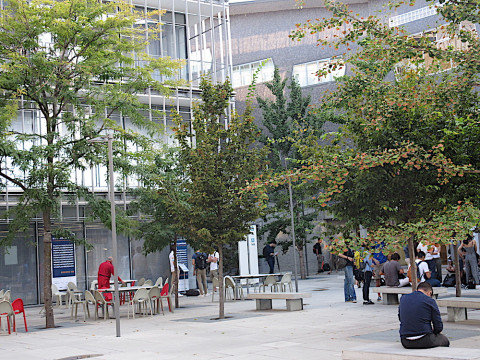School Design Resource (11-28-23)
CADRE, HKS, and Uplift Education have written a guide to designing learning environments that support social and emotional learning, which is available free of charge.
CADRE, HKS, and Uplift Education have written a guide to designing learning environments that support social and emotional learning, which is available free of charge.

Design can support learning (and remembering!) new material, whether we’re at work, at school, or somewhere else entirely. Using in practice what neuroscientists have unearthed makes “lessons” more productive and positive educational outcomes more likely.
Altenburger studied how students experience safety-related design features at their schools.
Rahal, Wells, and Evan’s research confirms the value of locating schools in greenspaces.
Design daycare centers for grades later
A team from UCLA has confirmed that, to some extent, our knowledge is linked to place; their work is published in Science of Learning.
Bhat and associates evaluated the effects of standing on cognitive performance.
Johnson and Jabbari link the overt presence of school security systems to lower academic performance.
Van der Groen and colleagues link sensory experiences and learning outcomes.
Faur and Laursen link classroom seat locations and friendships via a study whose findings are consistent with much prior research.